I am making bipolar voltage measurements in which the distance between my probes small enough that I think the geometry of the probe contact tips is non-trivial. As illustrated below, my voltage probes are cylindrical and situated on either side of a dipole. I want to know the effective distance between the probes and have heretofore been computing this on-center (Distance A).
 I know that a complete-electrode-model of effective distance would have to account for contact impedance and non-infinite within-probe shunting, but this is beyond the scope of what I am trying to accomplish.
I know that a complete-electrode-model of effective distance would have to account for contact impedance and non-infinite within-probe shunting, but this is beyond the scope of what I am trying to accomplish.
I believe that if I assume that the electrodes are perfectly conductive and have zero impedance, the effective distance between them is the distance between their nearest points (Distance B).
Is this reasoning correct? Am I making other (unstated) assumptions?
In my particular experiment, distance A is 5mm, distance B is 2.6 mm, and the probe contacts are 2.4 mm long and have a diameter of 1.28 mm. The probes are bathed in a conductive fluid.
Thank you.
EDIT: I added equipotential lines to the figure (the voltage values are for illustrative purposes only). I know the conductivity of the media and have solved the quasi-electrostatic forward and have a good estimate of the quasi-electrostatic inverse. I am now trying to use voltage measurements to assess the strength of my dipole but am unsure of what inter-contact distance to use in my equations. Assume that the dipole is centered between the probes.
EDIT: My fluid medium conductivity is on the order of 10^-1 and my contact conductivity is on the order of 10^7.
